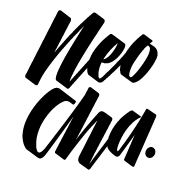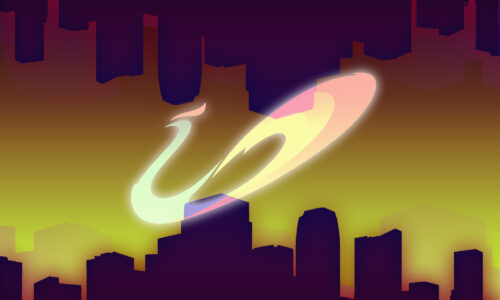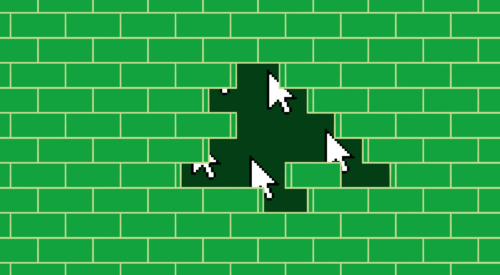An extraordinary calligraphy shop in Hong Kong
The practiced strokes of Au Yeung Cheong
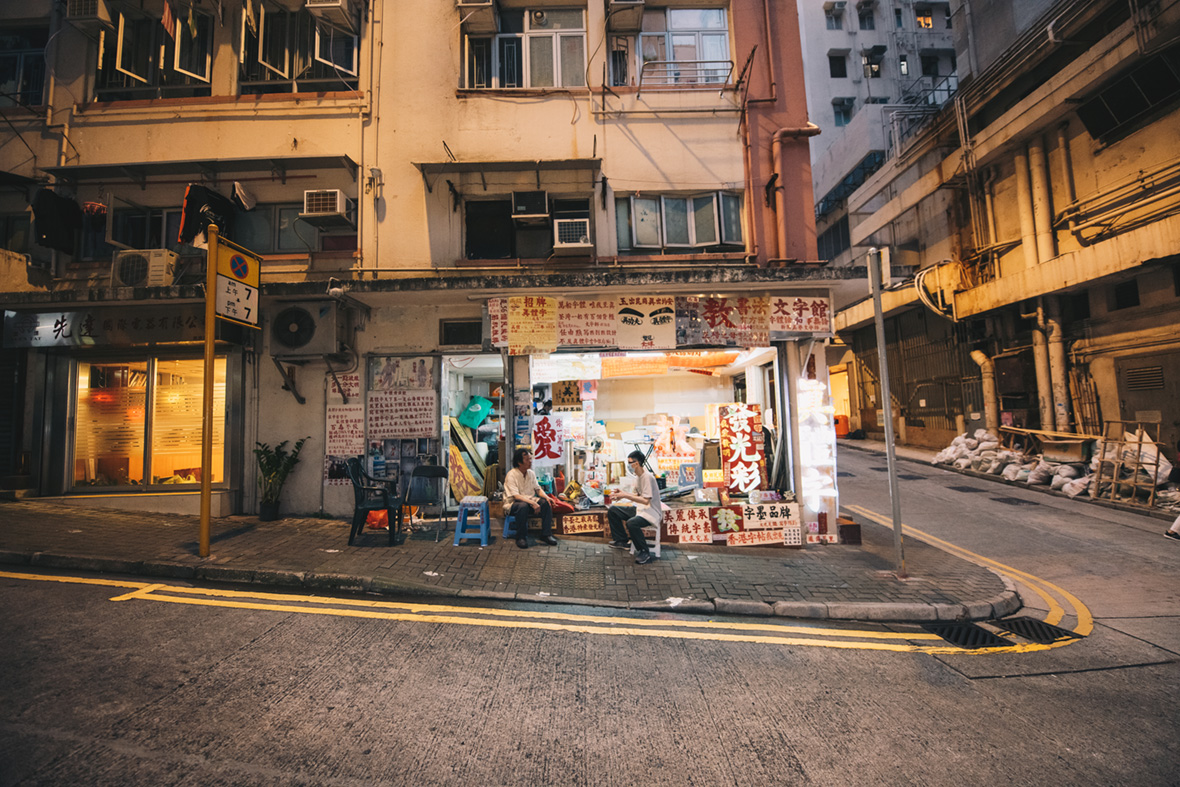
This article was originally published on Neocha and is republished with permission.
On an unassuming street corner in North Point, a piece of Hong Kong history glows brightly in gold, red, and white. This is Au Yeung Cheong’s calligraphy shop, where his work covers every available surface, even the ceiling. Inside, it almost feels like a 360-degree virtual interactive gallery of ’90s-era Hong Kong typography, with signage handwritten in Chinese characters crammed into every available inch of the shop. And at 63 years old, Au’s story definitely includes a lot of history.
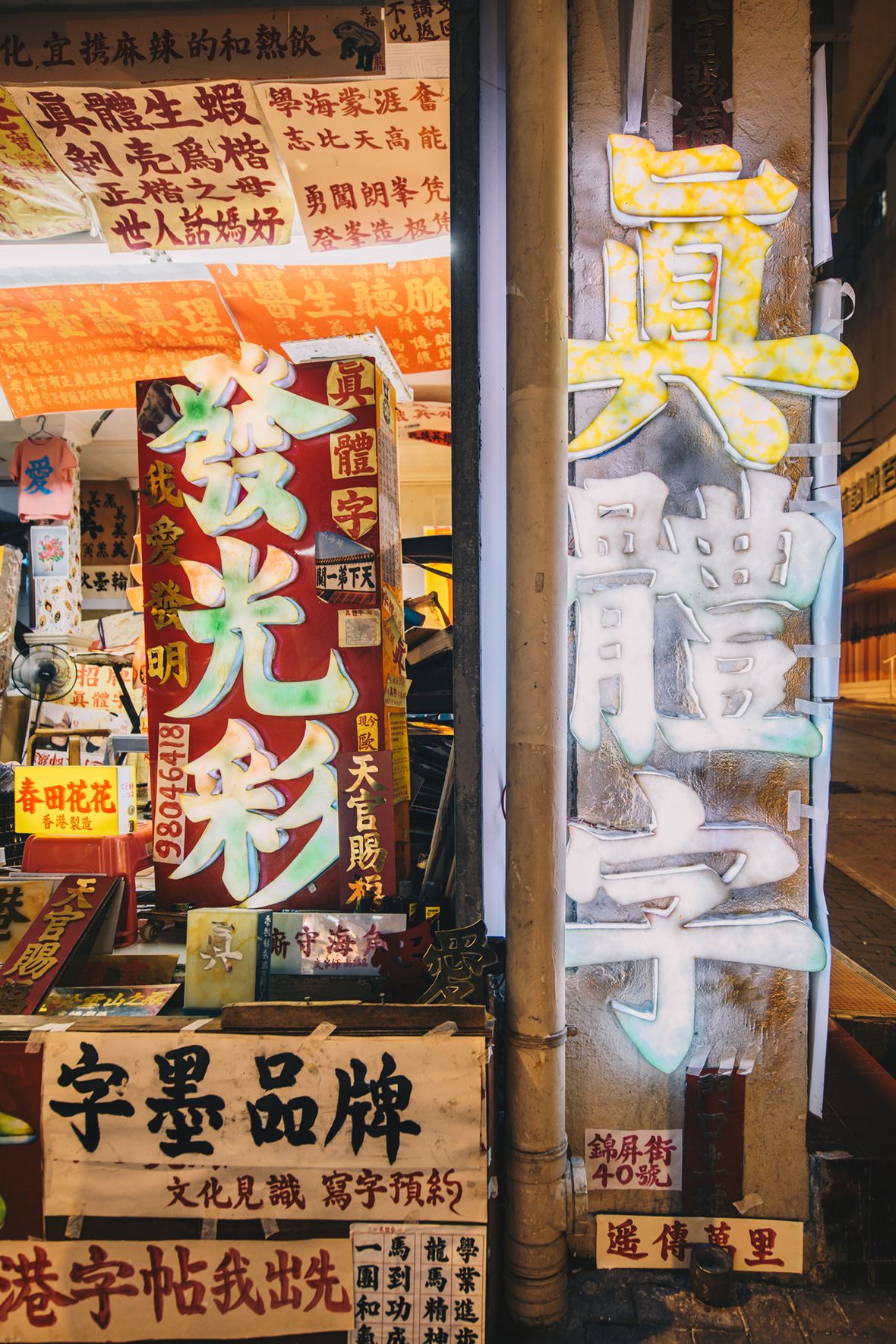
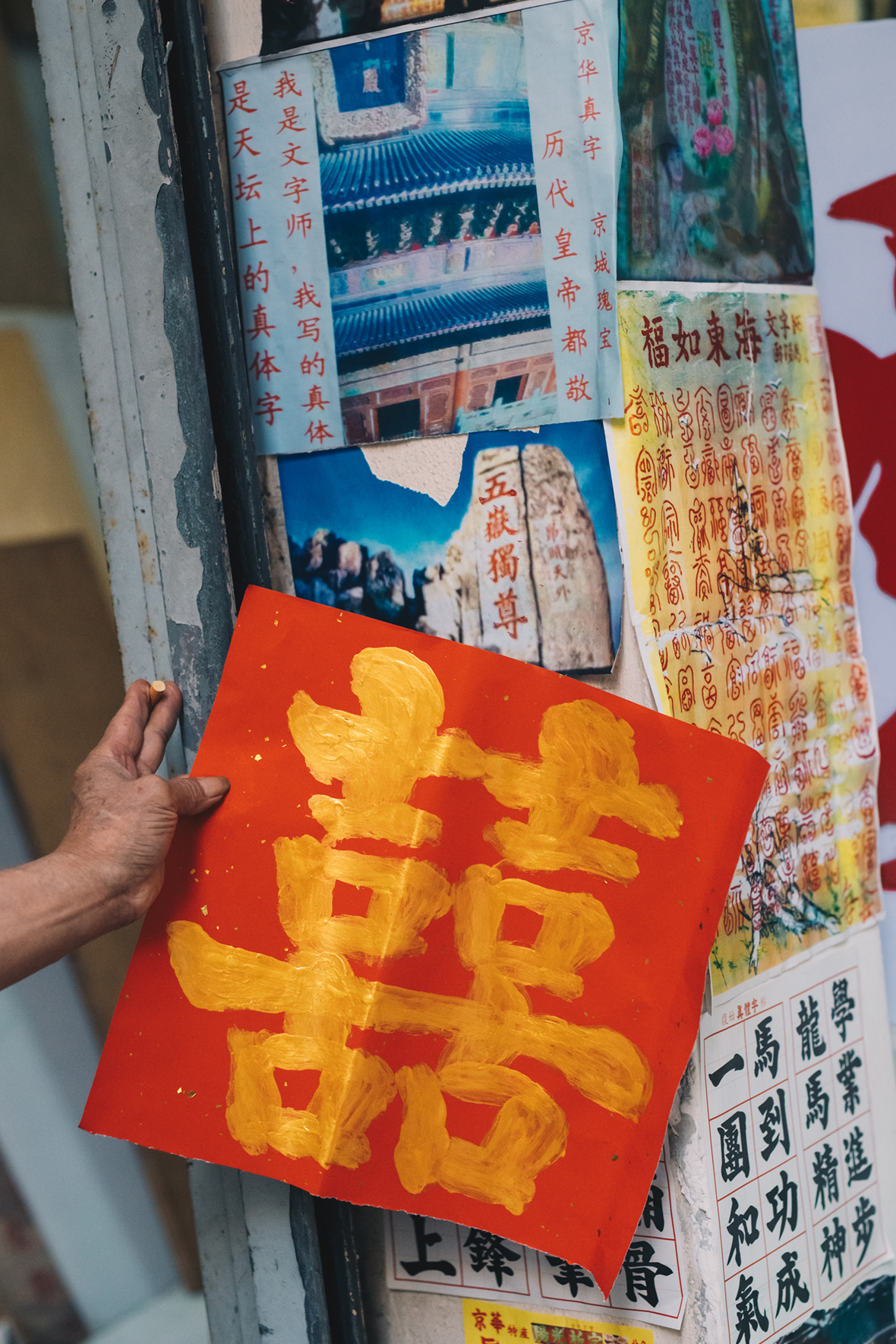
Au (歐陽昌 Ōuyáng Chāng) started learning calligraphy as a kid with some encouragement from his mom while living in the rural countryside of Shunde, Guandong. Reading calligraphy books his dad bought, he stayed up late teaching himself, working under candlelight since electricity wasn’t yet readily available there. “It felt like a remote island at the time,” he laughs. “It’s all the more rewarding now because I overcame the hardships.”
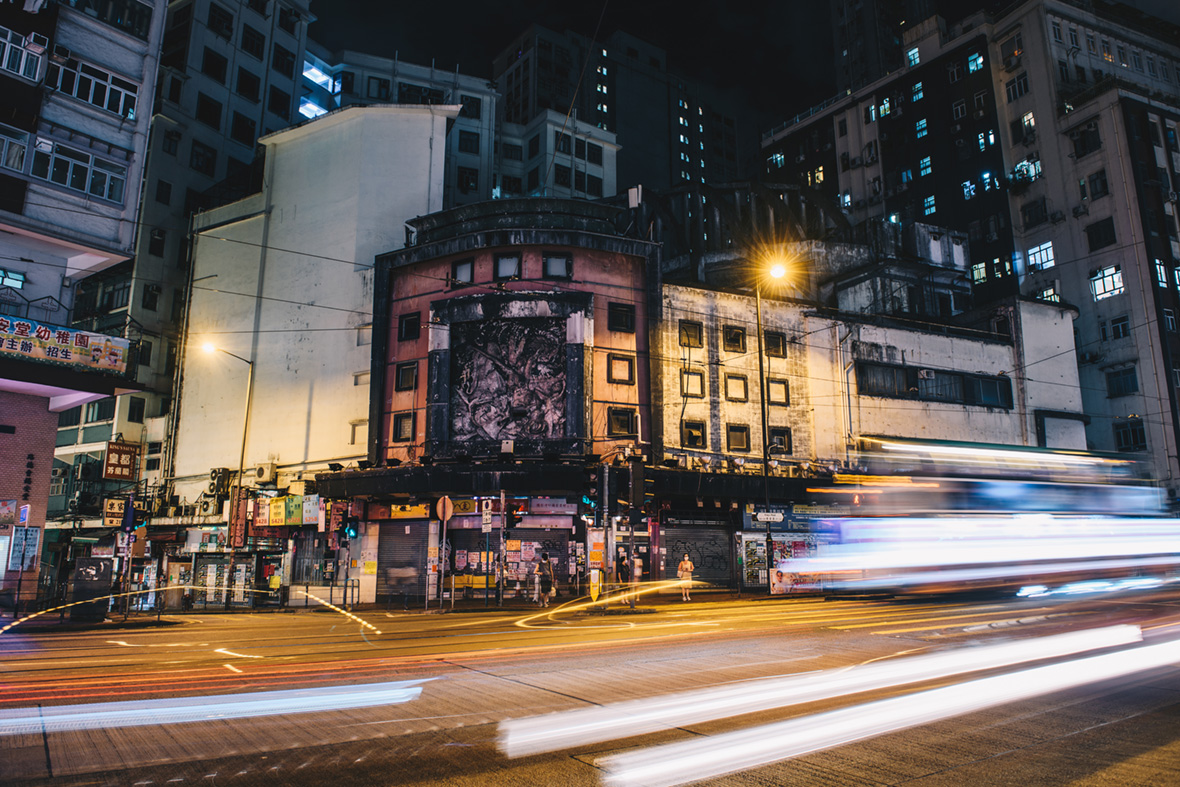
In 1983, Au opened the King Wah Signboard shop in Hong Kong, tucked inside the historic State Theatre. His shop was set up next to an elevator that led to the upper floors, so there was a lot of foot traffic. But after a huge fire in 1995, and the theater’s shuttering in 1997, businesses slowly began disappearing until he was nearly alone inside the building’s darkened marketplace. He only recently relocated down the street after developers offered him some financial assistance. But there are plans to preserve and restore the building, and Au hopes to return to his original State Theatre location one day.


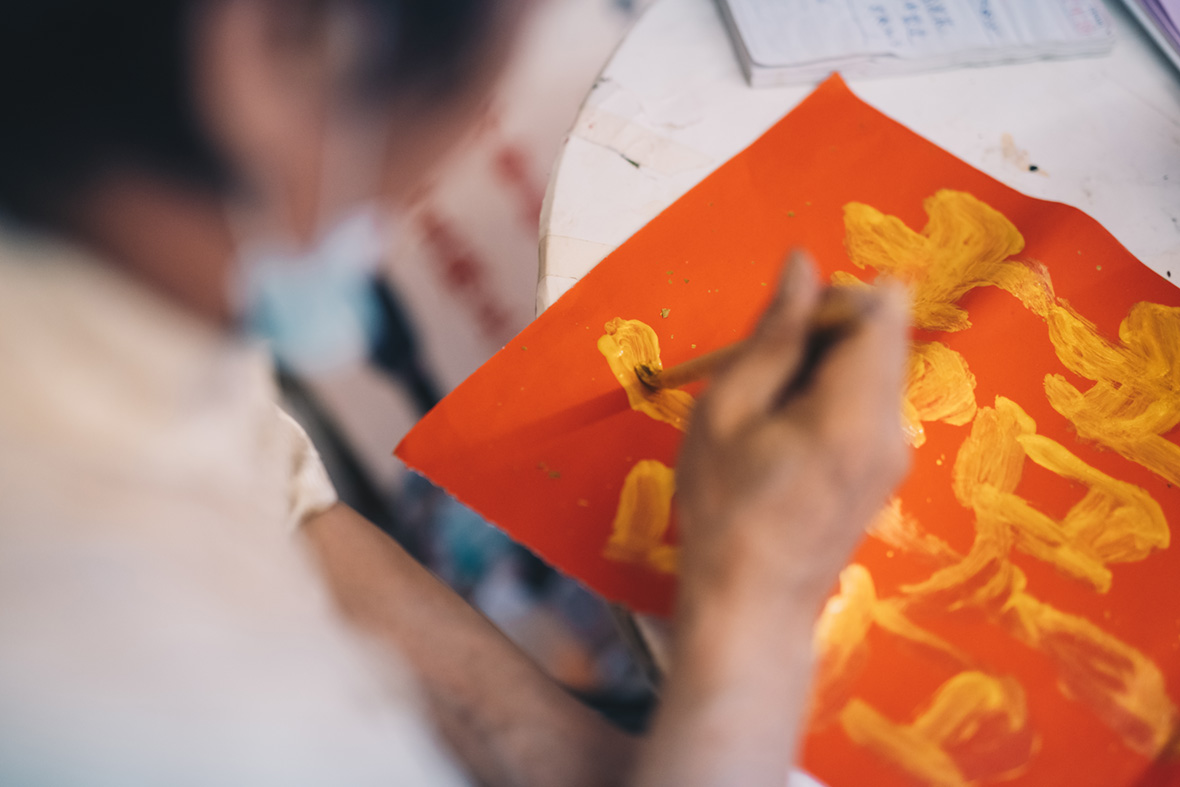

Over the years, Au has remained insistent with sticking to a style of Chinese calligraphy, which he claims to be “real script,” describing it as the most authentic version of regular script, one that’s informed by ancient calligraphy from all around the region. He believes an important era of calligraphy was lost when the Old Summer Palace was burned down during the Qing Dynasty. “The original real scripts were burned,” he sighs.
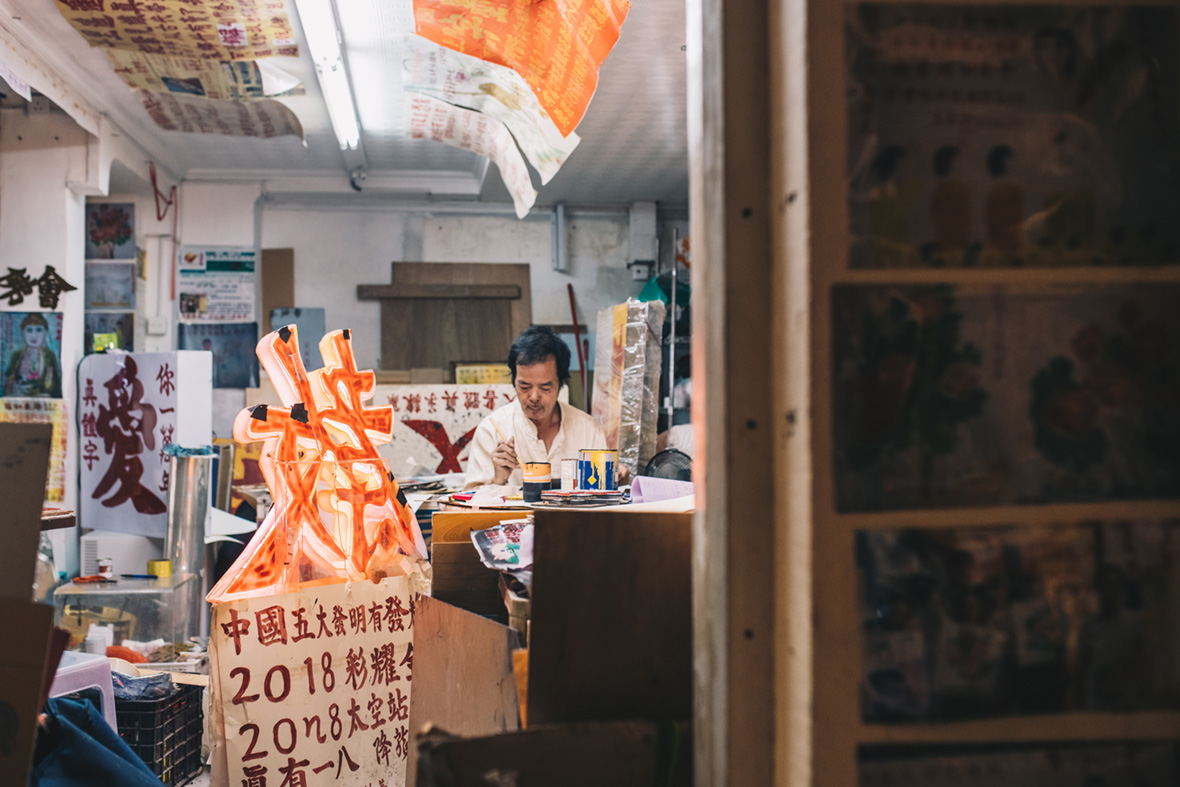
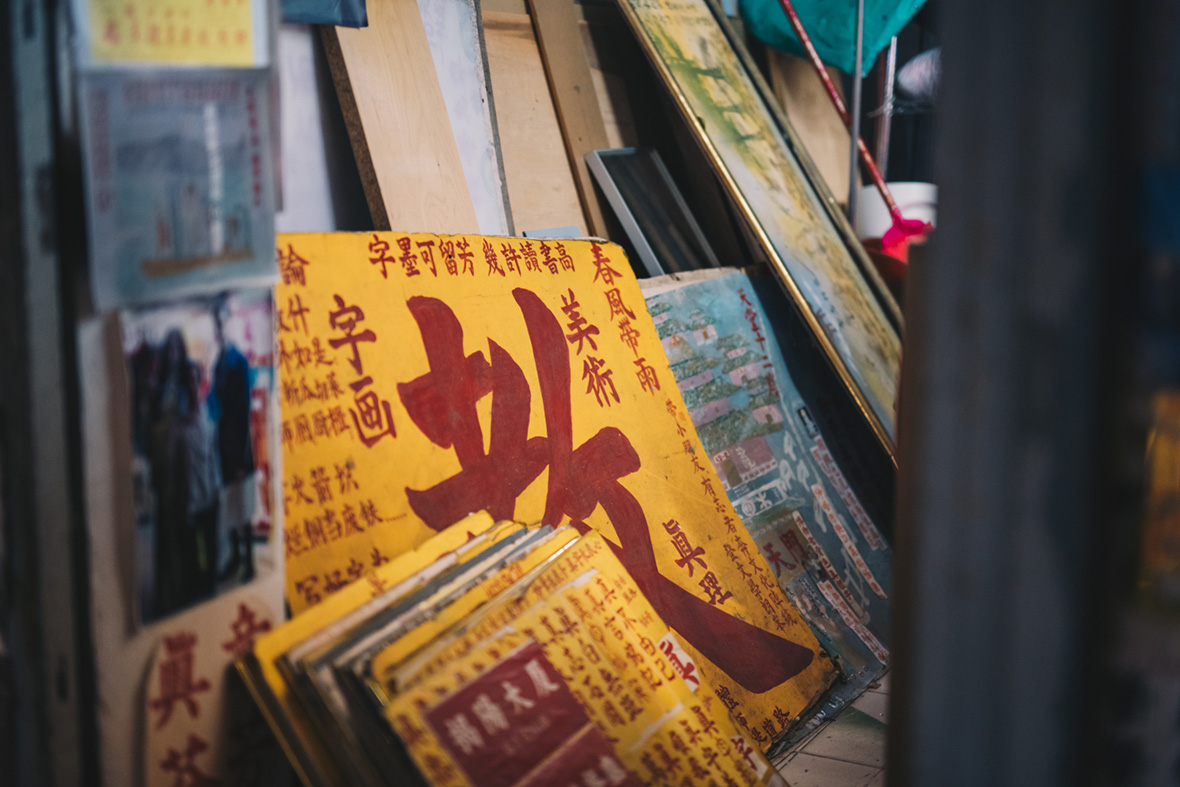
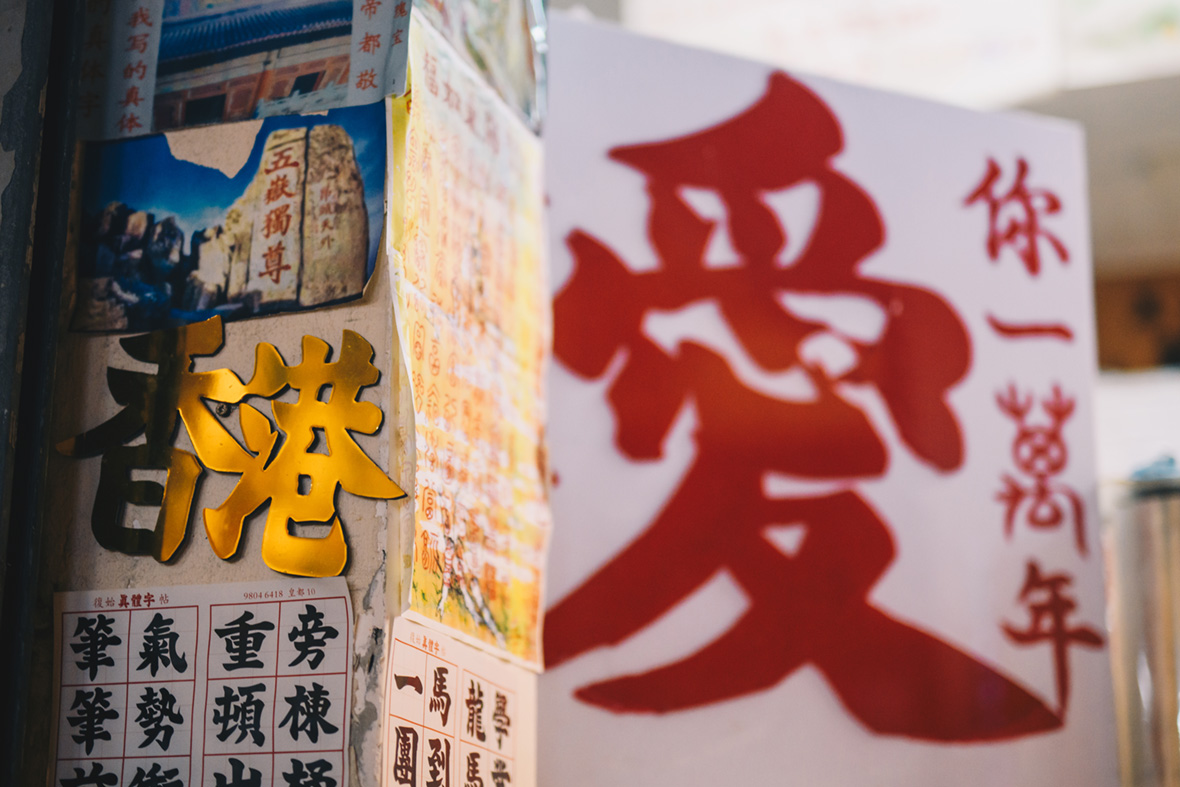
To reconcile that loss of history, Au turned to other ancient scriptures, studying how Chinese characters were written in Buddhist, Taoist, Guanyin, and Namaste texts. “After examining their brushstrokes, character structures, the way certain lines are slanted, and so on, I developed the real script I now work with.” Although it’s something he seemed to piece together on his own, older generations often recognize it. “When people in their 80s and 90s pass by my shop, they’d say, ‘Yes! I learned these characters when I was in school.’”
“Each stroke is perfectly symmetrical,” Au says of his script style. “Each character is compressed, and the strokes are interconnected. Every character occupies its own space, and they’re structurally dense—never loose or slumped over. In life, only when a person is ill do they slump over.” He says you need to understand every part of a script and that your knowledge grows like a multiplication table as you master each character.

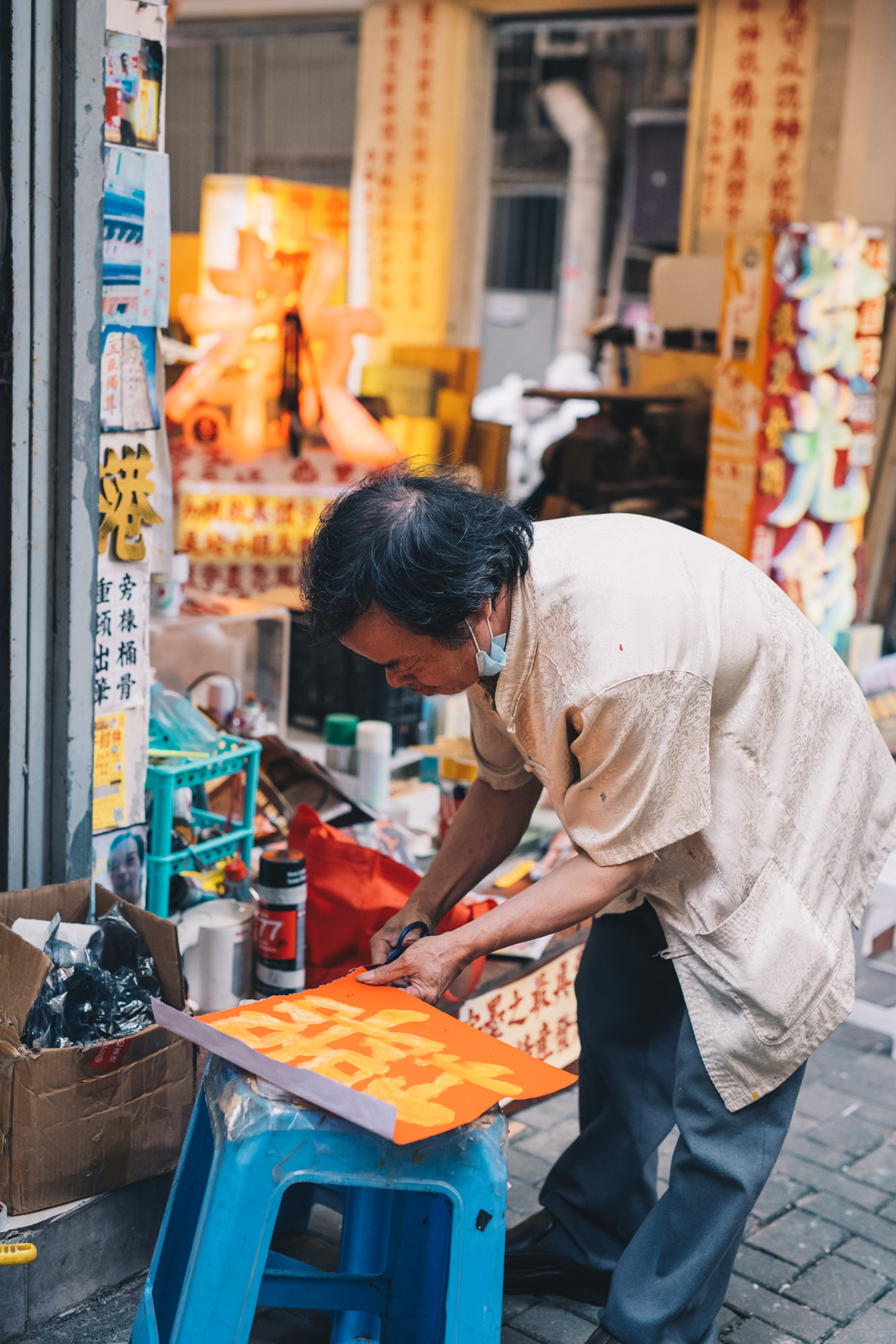
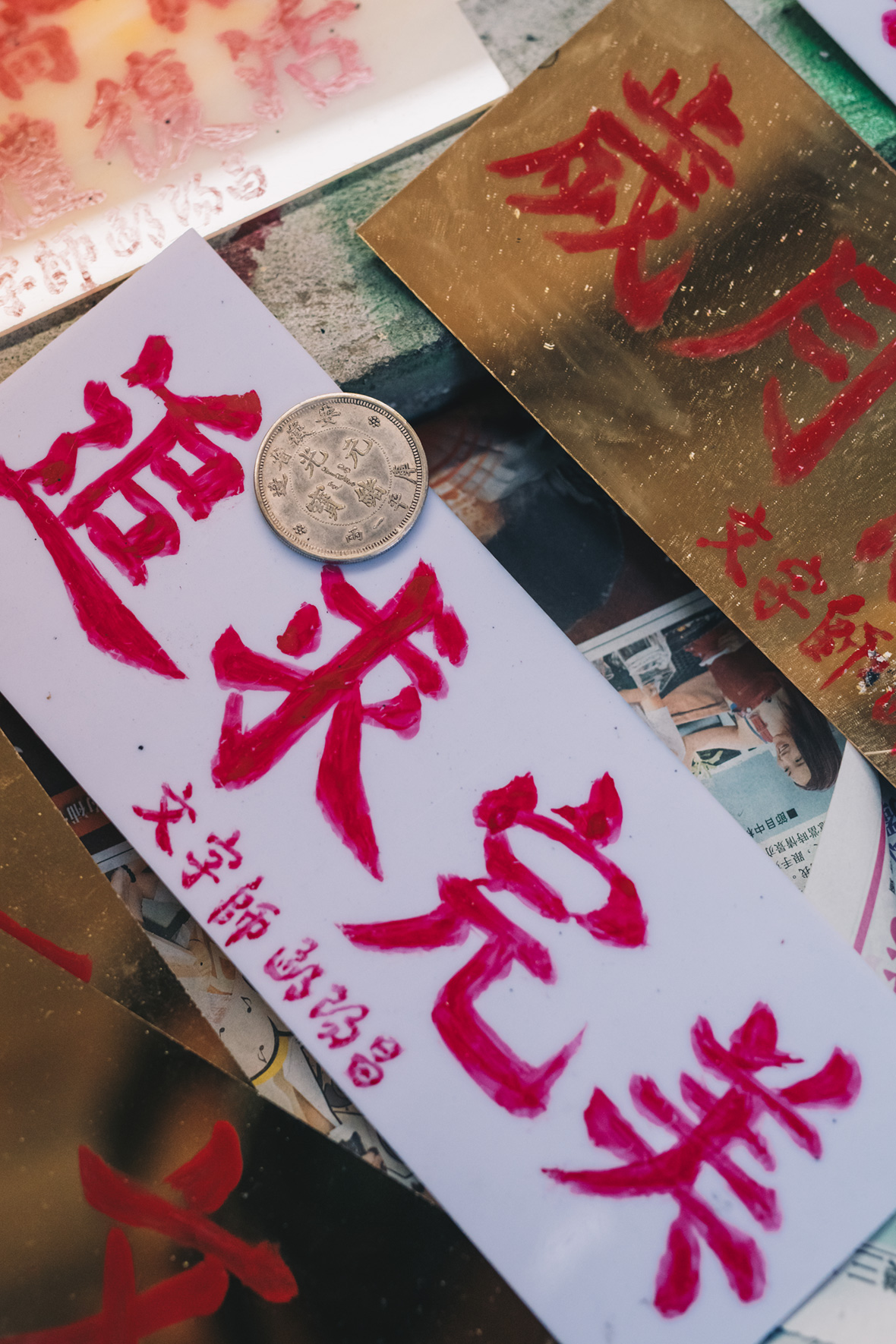
For all his musings about where history got things wrong, Au believes we’re in the middle of losing tradition once again, as people stop writing by hand. “Scripts have lost some of their qualities through printing. I hope to maintain them by doing it by hand.” To that end, he offers affordable lessons out of his shop, but he’s yet to have a student interested in sticking around, let alone master his style of calligraphy. He says it’s especially difficult to host apprentices considering the size of his small, cluttered shop. “I hope anthropology becomes more important that there’s more teaching in proper spaces where people can really learn,” he says. “If not, real script might disappear again.”
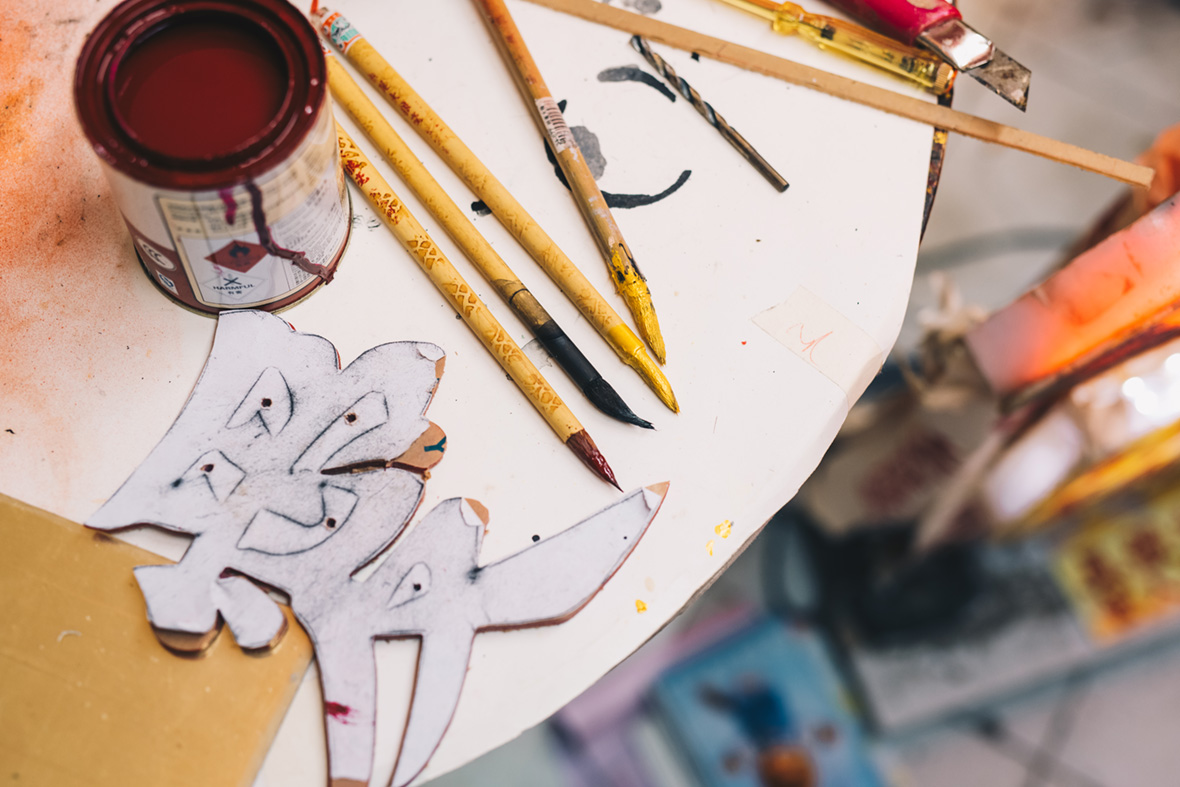
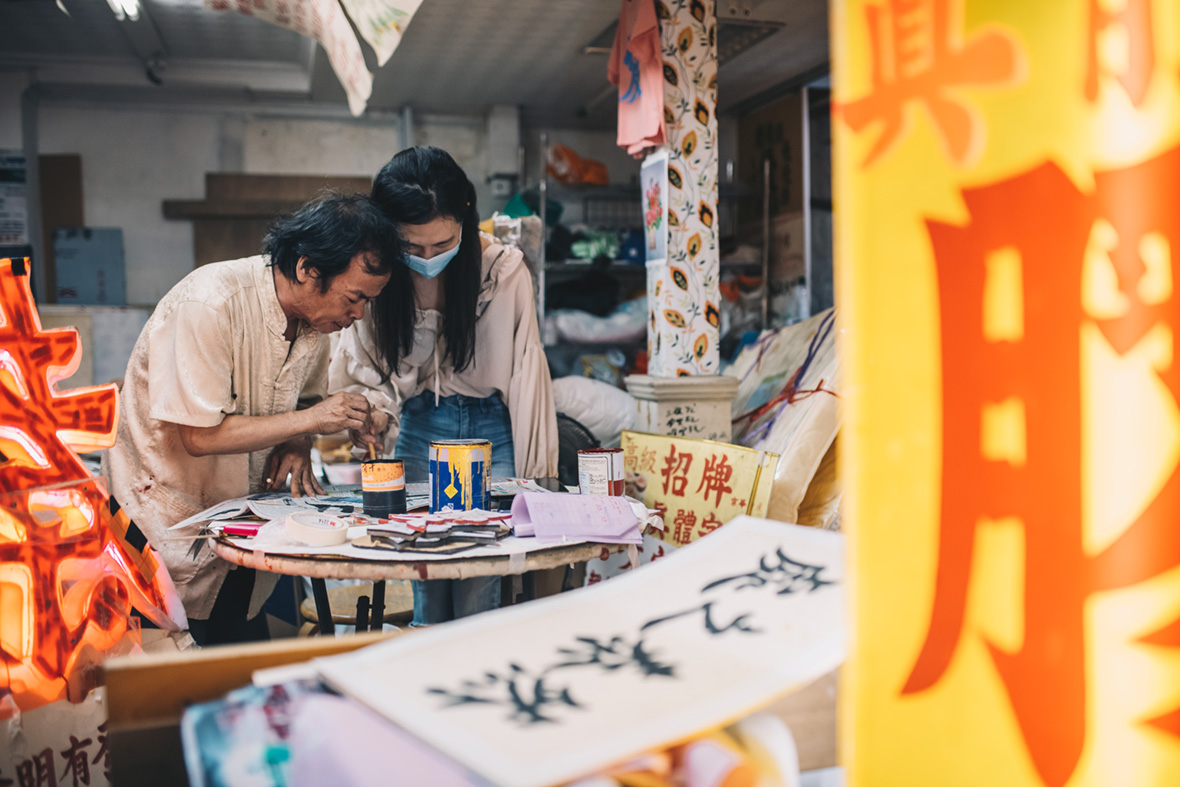
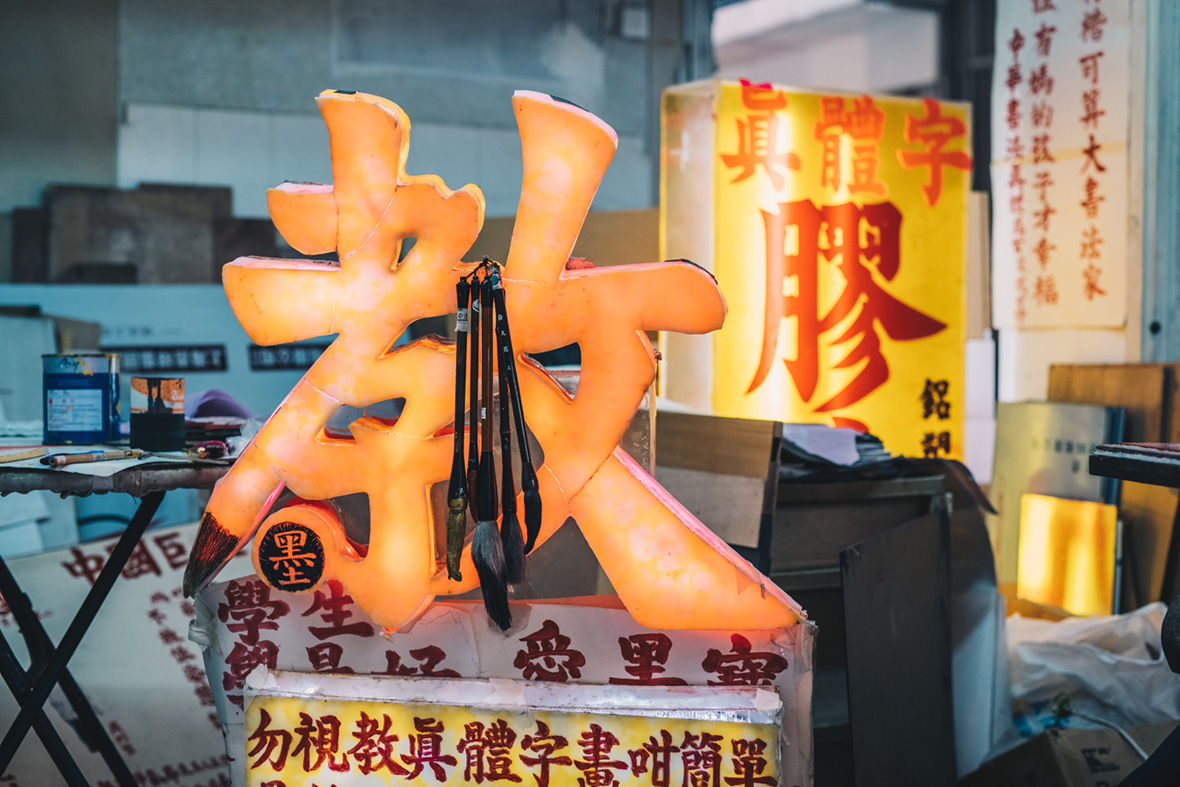
At his peak in the ‘90s, he employed over 20 staff members and his work could be found all over the city, but now he works alone in his small shop. He once made a lightbox sign that rivaled the Rolex sign in Causeway Bay. Au says that it’s mostly collectors who frequent his store these days. “In the past my clients only needed signage, it was exclusively for businesses and such,” he says. “But now, a lot of people want to collect my work, especially the younger generation.”
Because of media attention and coverage from local universities, students often come to his shop to purchase signage, lightboxes, and smaller trinkets as decorations. But there are still some commercial clients interested in his work. Earlier this year he created an installation sign for a Fashion Farm Foundation event, one of his favorite pieces to date. It’s even still hung in his store now. “Today, people are becoming more appreciative of the beauty in handwritten script. They realize it’s more elegant than digitized fonts.”
Like this story? Follow Neocha on Facebook and Instagram.
Instagram: @au.yeung.master
Contributor: Mike Steyels
Photographer: Tang Kam Hong Kenneth
Chinese Translation: Olivia Li
